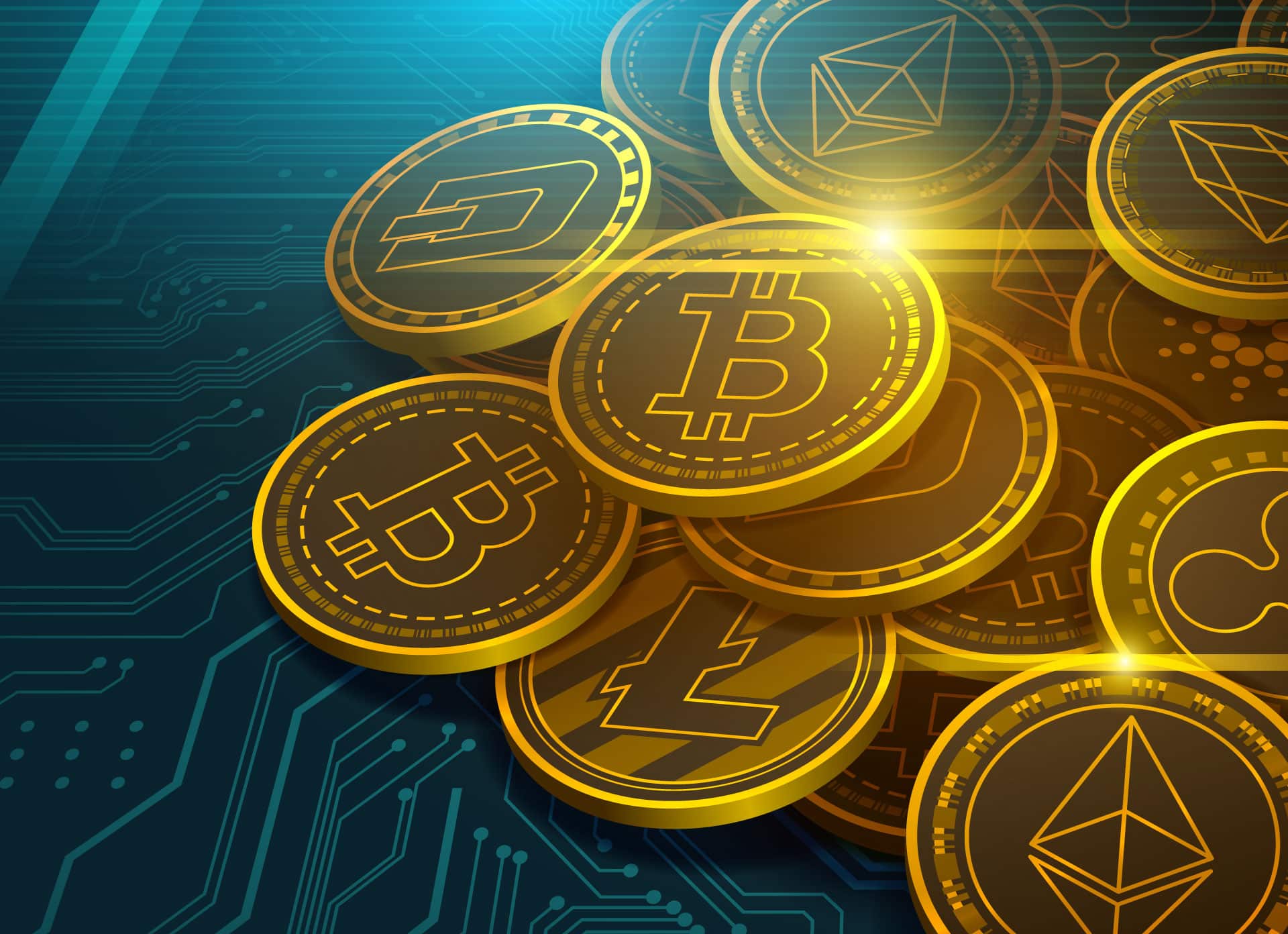Exploring The World of Digital Currency: A Comprehensive Overview
Over the past decade, digital currency has emerged as a revolutionary force in finance and technology. With the rise of cryptocurrencies like Bitcoin and Ethereum and the introduction of central bank digital currencies (CBDCs), the landscape of money transactions is rapidly evolving. In this comprehensive overview, we will research the
Crypto Trading Strategies: Tips For Success in the Volatile Market
Cryptocurrency trading in today’s volatile market requires a strategic approach to successfully navigate the highs and lows. With digital currencies experiencing rapid price fluctuations, having a sound trading plan is necessary for investors to capitalize on opportunities and mitigate risks. In this blog post, we will explore effective crypto trading
A Deep Dive Into Crypto Mining – How To Get Started And Make Profit
There’s no denying that the world of cryptocurrency has become a hot topic in recent years, and one of the most lucrative ways to get involved is through crypto mining. In this comprehensive guide, we will investigate the intricacies of crypto mining, how to get started, and, most importantly, how
The Future Of Cryptocurrency – Trends To Watch In The Digital Money Market
Over the years, cryptocurrency has gained significant momentum in the financial world, disrupting traditional payment systems and challenging the way we perceive money. As we look ahead, it is crucial to explore the emerging trends that are shaping the future of digital currency. This informative blog post explores into the
Breaking Down The Hype – Debunking Common Myths About Cryptocurrency
Over the years, cryptocurrency has become a hot topic among investors and tech enthusiasts. However, certain myths and misconceptions have also emerged with its increasing popularity. This informative blog post will explore some of the most common misconceptions surrounding cryptocurrency and provide a clear, authoritative breakdown of the facts. By
Countries Banning Cryptocurrencies
Cryptocurrency has been a hot topic amongst governments, financial institutions, and tech enthusiasts for quite some time. While some countries have embraced its potential for revolutionizing the financial sector, others have taken a much more conservative stance, banning the use of Cryptocurrency within their borders. That is
An amazing 18,000 businesses are now offering cryptocurrency as a payment option – an incredible development!
Cryptocurrency as a payment option Cryptocurrency has been gaining ground in recent years, and now it has hit a significant milestone: 18,000 businesses across the globe are offering it as a payment option! That remarkable development shows how far cryptocurrencies have come in a relatively short time. From tech giants
A Crypto Billionaire’s Rise and Fall
Introduction to Sam Bankman-Fried Sam Bankman-Fried is a name that is quickly becoming synonymous with the cryptocurrency world. The founder, CEO, and majority owner of the cryptocurrency exchange FTX, Bankman-Fried, has seen his star rise faster than anyone could have anticipated. In just a few years, he has gone from
The Rise of Cryptocurrency
The Rise of Cryptocurrency A cryptocurrency, a digital currency or crypto coins is a digital asset structured to function as a virtual medium of transaction where public coin ownership information is stored in a distributed ledger usually in a trust model. This ledger is controlled by a network of individual










